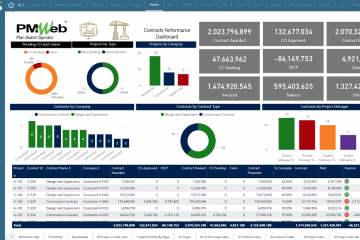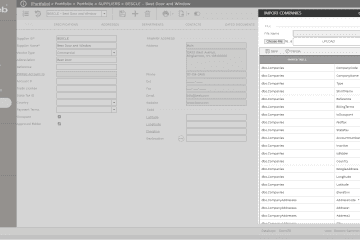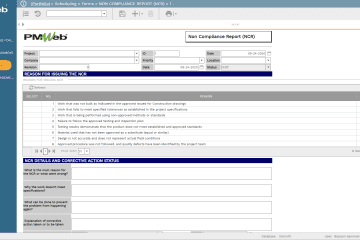No one can deny that the Engineering and Construction industry, particularly in the Middle East regions, lacks the transparency and accountability best practices adopted by other businesses. This lack of transparency and accountability results in wasted funds that cannot be recovered. Although most institutional and public sector bodies and publicly traded organizations have enforced stringent audit practices on their projects, most of these practices are based on identifying what went wrong after the fact. Project management professional practices and in particular when it is coupled with technology can provide those organizations with proactive project audit control that can identify possible wrongdoings while project execution is in progress and where recovery of misused funds can still be possibly recovered, and remedial actions can be still done.
By reverse-engineering the results that usually trigger an organization to audit a project, we can come with the actions and processes that could prevent or at least reduce the likelihood of wrong actions and doings. In other words, instead of treating the fraud and wrong-doing symptoms of the questioned project, we need to focus on preventing the causes that could result from those symptoms. The funds that will be spent in enforcing the prevention measures will be far less than the funds that will be spent in treating and correcting the results of those failures.
Usually, a project gets subjected to audit when specific triggers occur. Those typically include going over budget, being late, many Requests of Information (RFI), and quality of completed products. For each one of those outcomes, the organization needs to have in place the processes to enforce capturing the actions the have could have caused this outcome.
Automating Project Management Processes
Project Management Information System (PMIS) like PMWeb will automate the project audit team’s different project management processes to ensure that the right data is captured by the honorable project team member at the right time. The PMWeb forms will ensure the quality and validity of reported data for each project management process. PMWeb comes ready with most documents needed for managing an engineering and construction project as well, as it has a custom form builder to create any additional form for capturing data for forms that are not readily available in PMWeb.

Each project management form in PMWeb allows those involved in submitting, reviewing, and approving the project management process to attach all supportive documents for the form. Usually, those documents will be uploaded to the PMWeb document management repository. The document management repository allows creating folders and sub-folders to precisely map the project’s documents filing system.
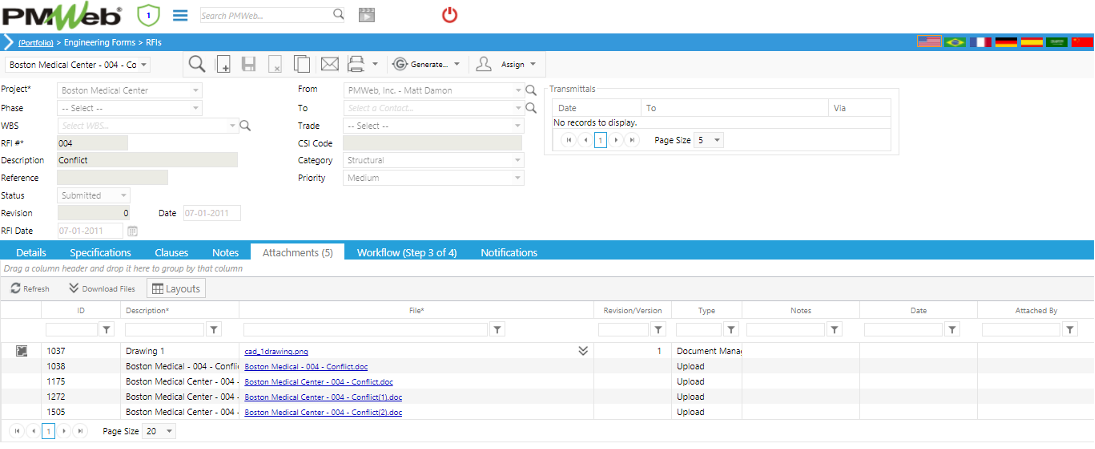
The PMWeb workflow will ensure all those project team members’ formal involvement in each process to submit, review, and approve steps under the predefined sequence and authorities assigned to each. Each project team member involved in the workflow can add his/her notes and remarks during the form review process. Workflows can include conditions and branches to map the authorities and approval levels assigned to each project team member.
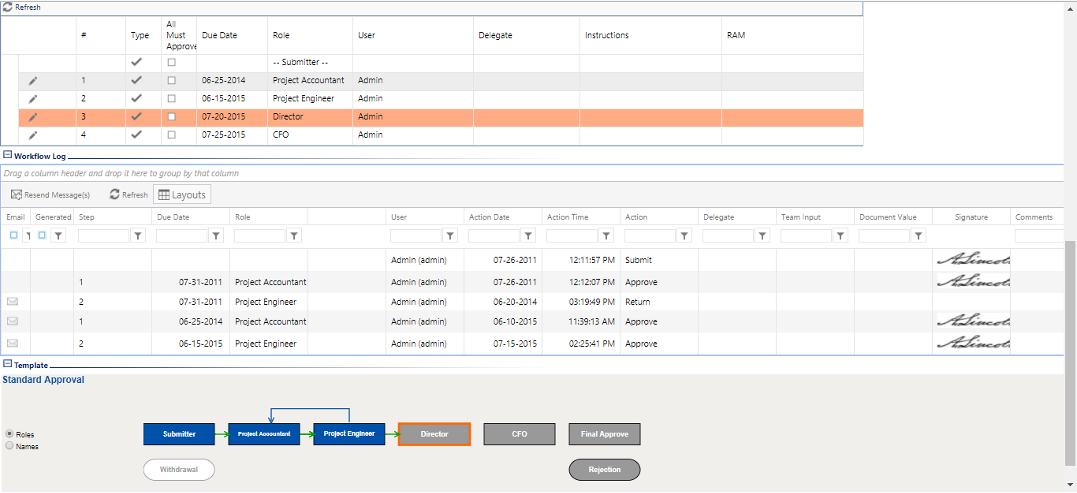
This will provide the project team and the audit team with trust-worthy real-time logs and registers of all data captured in each project management process. Those logs and registers will become the basis for creating triggers that will be used to identify performance trends that will call for immediate project’s audit attention.
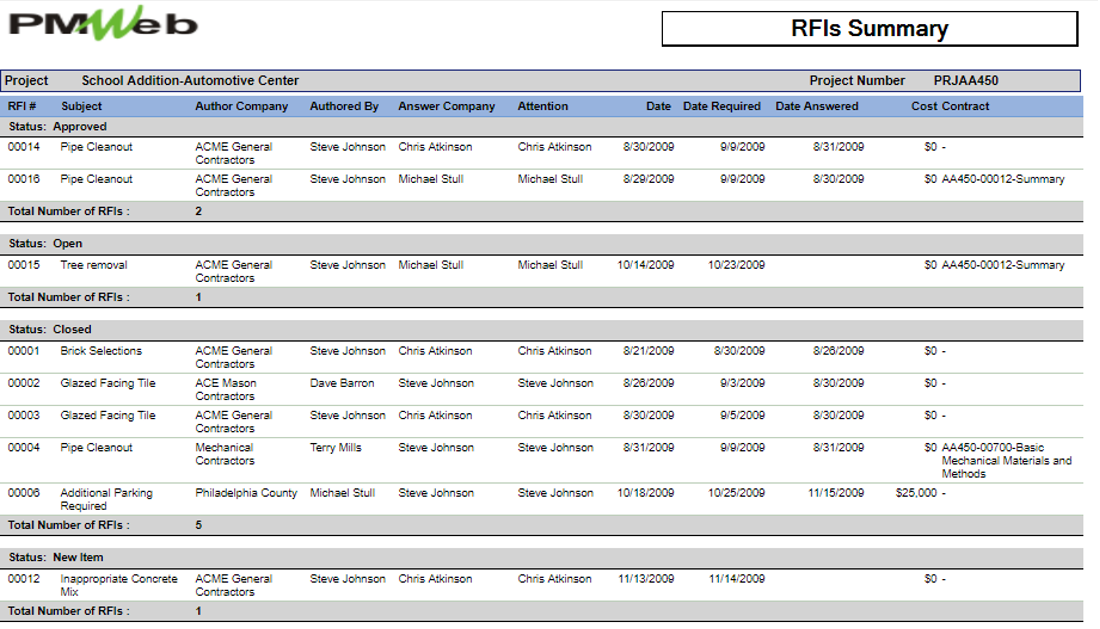
Over Budget
Projects can exceed the approved budget for many reasons starting with having the wrong cost estimate. Therefore, the institution must maintain a log of all cost estimates submitted during the project’s design development stages. The cost estimate needs to be detailed to the desired level and must provide all documents such as drawings and specifications used to quantify the project’s scope of work. The different cost estimates need to be formally reviewed and approved by the qualified and authorized project team members before they can be approved to create the project budget.
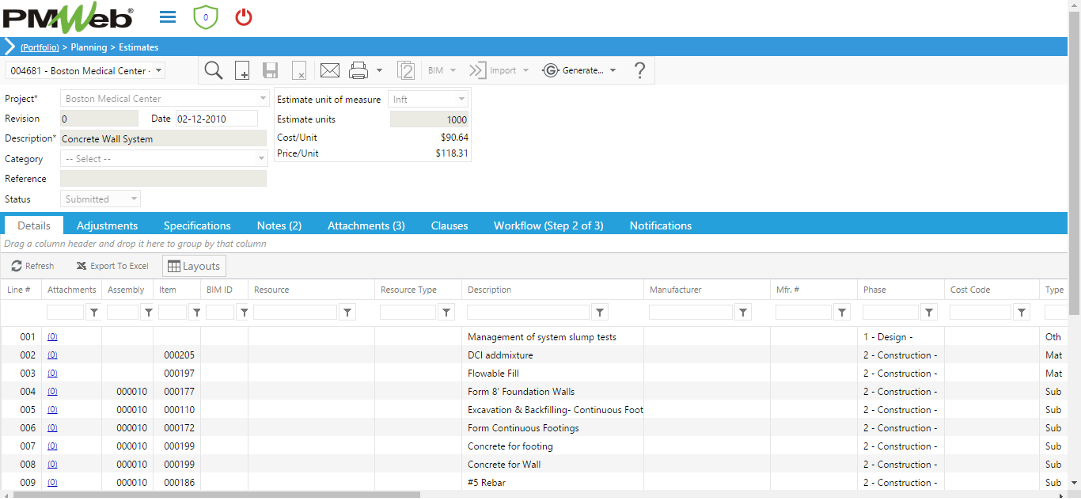
Understanding that projects are unique and assumptions need to be made to address the likelihood and impact of those unknowns, a risk register needs to be created and maintained at all times. The risk register should also detail the response actions taken to mitigate the high exposure of those risks. The risk register will also provide the backup data needed to determine the project’s contingency and management reserve.
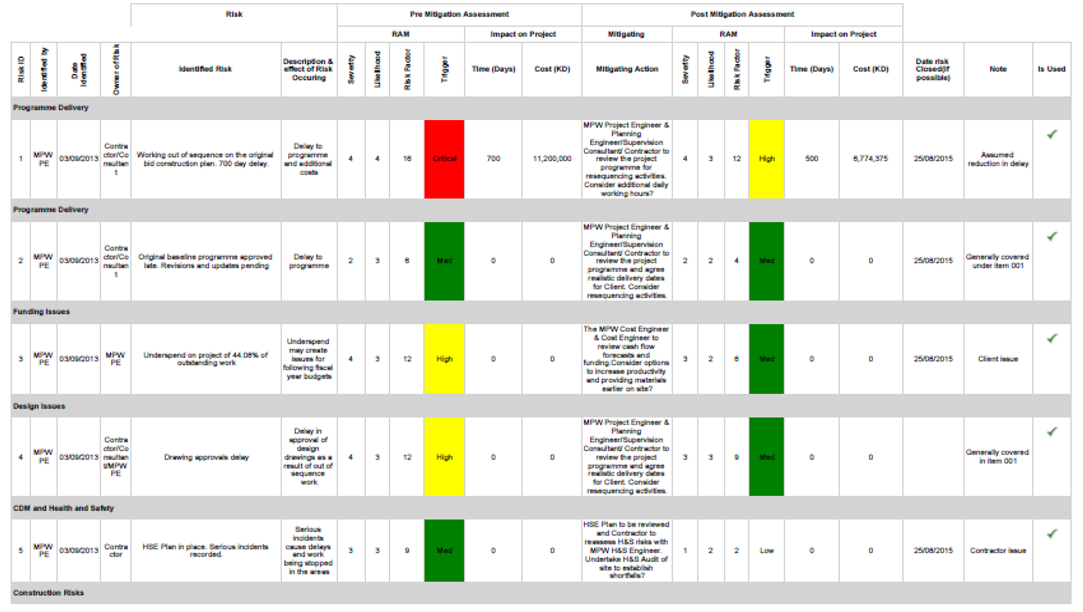
The approved cost estimate will become the basis for setting the project’s performance budget, which needs to be maintained during the project’s execution. Any changes to the approved budget, including transferring funds from one cost center to another or one project to another, needs to get the necessary approvals as per the predefined workflow.
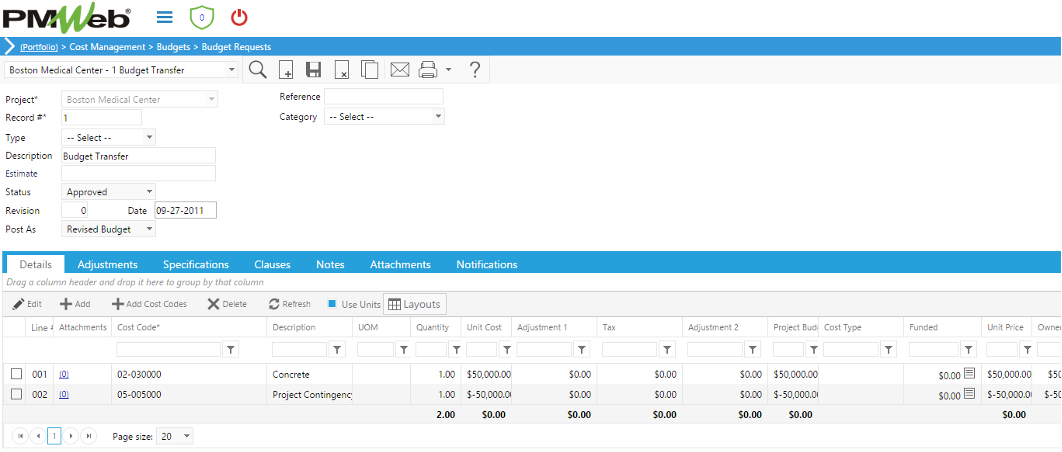
The approved cost estimates will also become the basis for comparing the bids received for the different bid packages. Comparing the accepted bids with the agreed cost estimate will help the institution immediately identify unbalanced bids, front-loaded bids, or bids with incorrect prices due to a lack of understanding of the project scope. Also, those cost estimates will help the institution in verifying the correctness of their cost estimates.
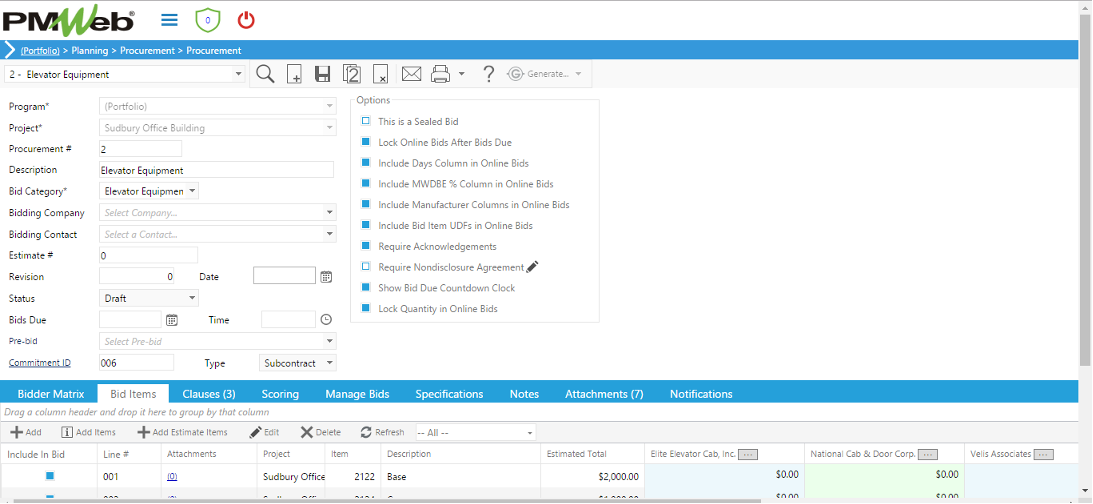
Of course, institutions should avoid inviting unqualified contractors to bid on projects just to increase competition. Unqualified contractors might bid on projects to get the advance payment to fund other projects or business requirements. Therefore, a formal prequalification process needs to be adopted by the institution to ensure that only qualified contractors are bidding on projects.
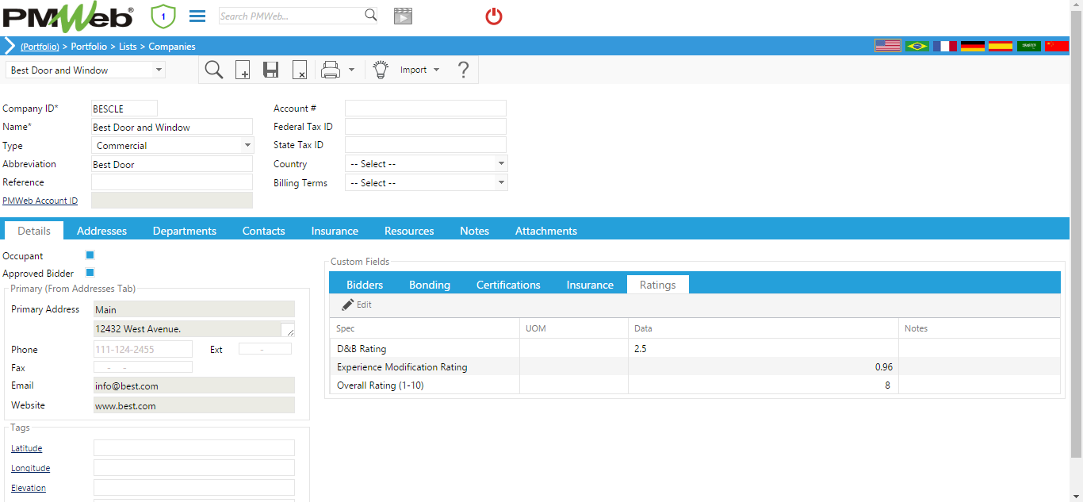
Another reason for projects to exceed their approved performance budget is change orders for either in scope or out of the working range. Changes could happen for many reasons including but not limited to intent of documents not “reasonably inferable” and corrections required, unknown conditions necessitate changes, owner’s requirements change, changes in code or changes in the interpretation of code, specified product no longer available, consider new product because of cost savings or other benefits, selected product inappropriate, the estimated quantity of work for unit prices changes and revision of unattainable requirement.
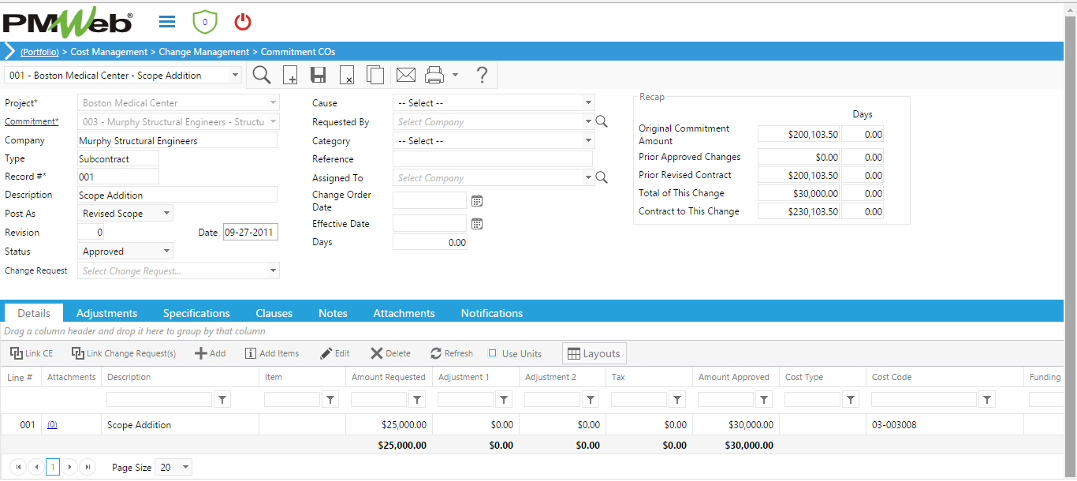
The actual cost for approved work in place and materials stored at the construction site needs to be monitored and controlled to avoid payments for rejected work or work that is not yet supported. This will also include compensation for all material supplies, professional services, and other miscellaneous expenses.
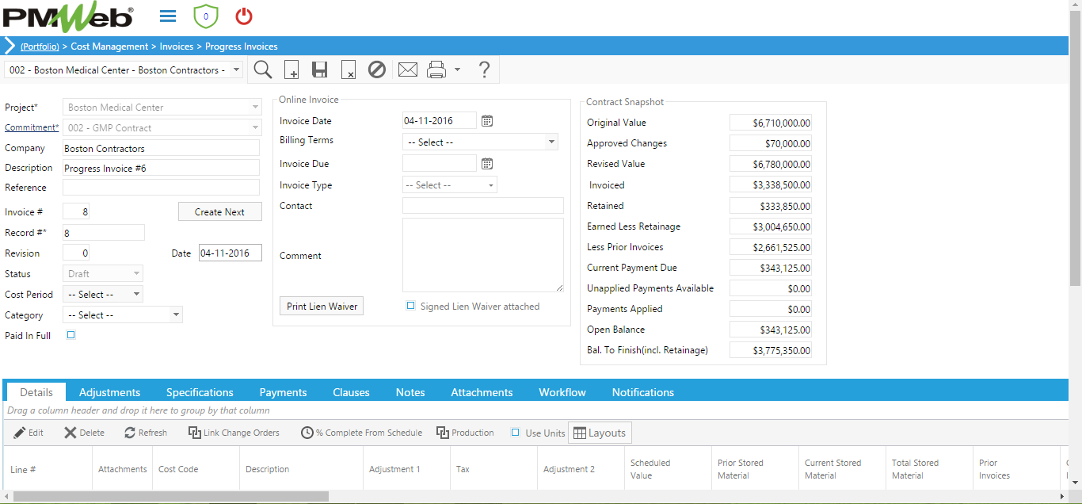
The data captured by PMWeb will provide the project audit team with real-time dashboards that can trigger alerts for the team to review, analyze and drill down to the data source that has resulted in this alert. The audit team can also design that helps visualize and analyze the captured data in any desired format. Those dashboards can be specific to a single project, portfolio of projects, or all projects.
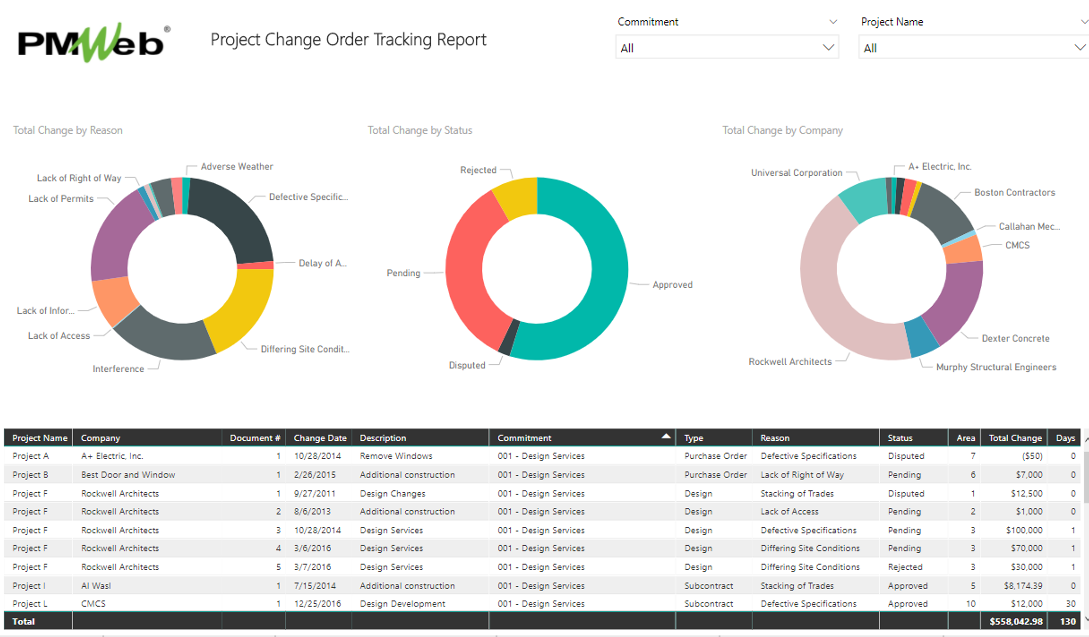
Schedule Delays
The project’s execution schedule will usually get developed by the general contractor in engineering and construction projects. Before using those schedules to monitor, evaluate and report the project’s schedule performance. The project owner and his authorized representative need to have a formal process for reviewing the project’s baseline schedule and subsequent updates to ensure the schedule’s validity, achievability, and comprehensiveness. The traditional schedule review and analysis checklist needs to be address items that relate to contract compliance, general schedule submission, submittal and procurement, activity duration, float, calendar, activity codes, logic, critical path, acceptable schedule practices, and resources requirement.
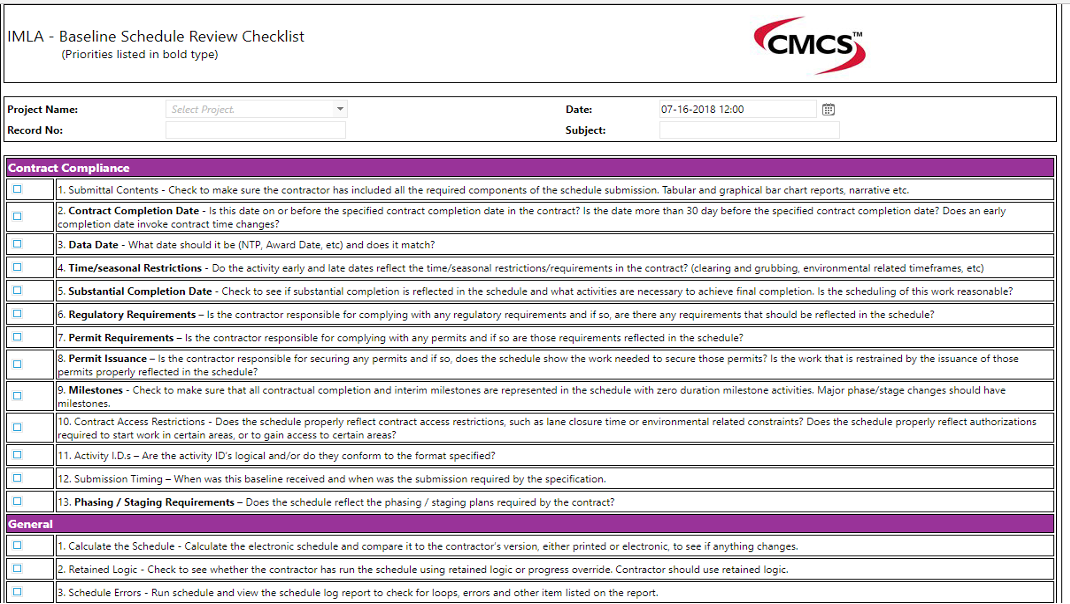
The institution needs to have the approved baseline schedule and all subsequent schedule updates captured in an electronic format to create variance reports to identify schedule slippage and report the reasons that caused this slippage. The schedule data can also provide great value in running delay analysis using the time impact technique. Again, this data can become part of other reports used to monitor, evaluate and report the project’s performance.
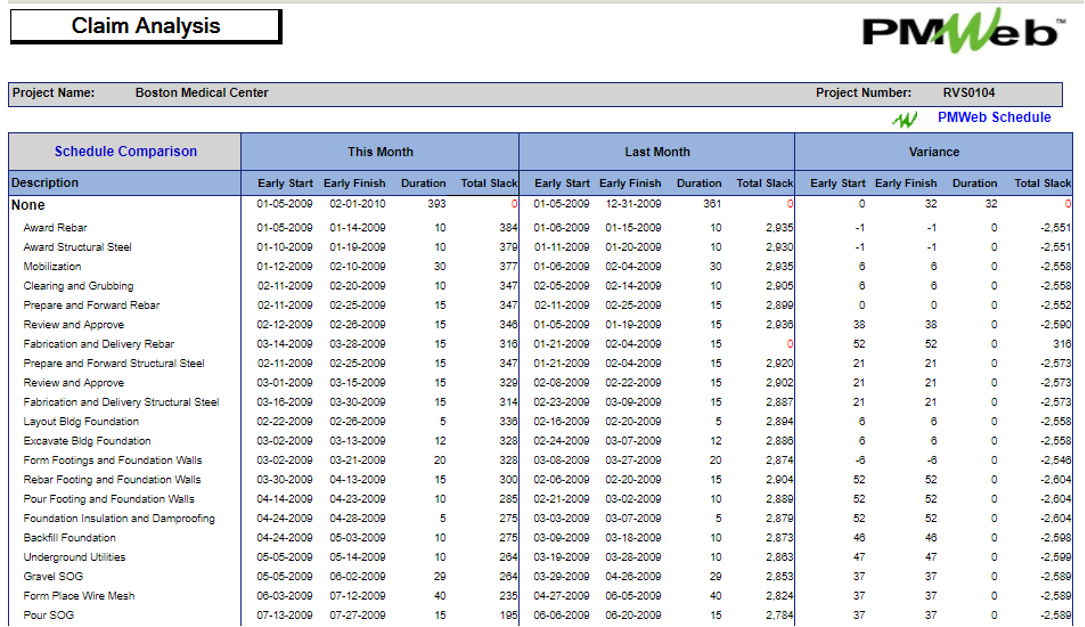
All project delays, critical or non-critical, excusable or not, with compensation or without compensation, and concurrent delays need to be formally captured. For each delay event, the institution needs to ensure that complete delay analyses have been performed. All support documents, including daily reports, correspondence, meeting minutes, schedule updates, among others, need to be attached to the delay event form.
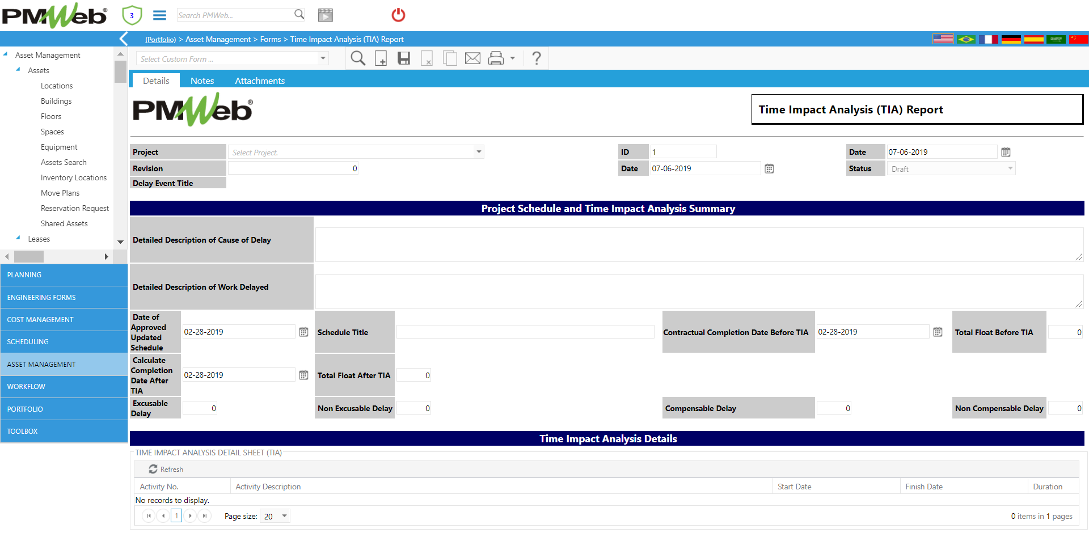
Some of the project delays that contractors could claim could be related to the delayed approvals of material samples and workshop drawings. Therefore, it is very critical that each project have a detailed submittal log that is integrated with the construction schedule to ensure that all submittals are reviewed and approved before affecting essential activities. The submittal log will also detail the reasons for delayed submittal approvals, which could many attributed to the contractors when failing the submit the contract specified materials and equipment.
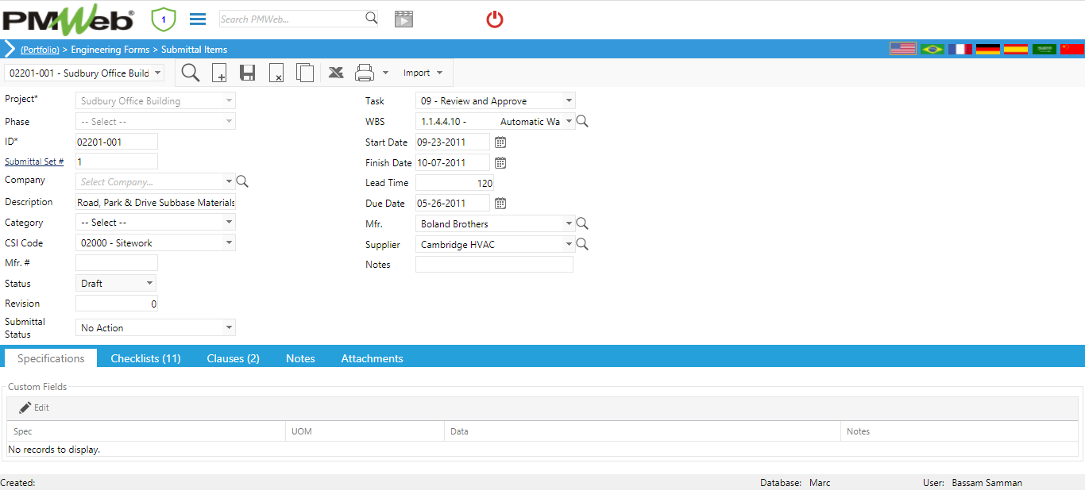
It is vital to use the contractors’ daily reports to identify the actual working hours spent by labor and non-labor resources on those periods for delay events that could involve having idle resources or impacting the resources productivity rates. The daily report will also include details of work accomplished during the same period, as well as the weather conditions which could have impacted work on-site.
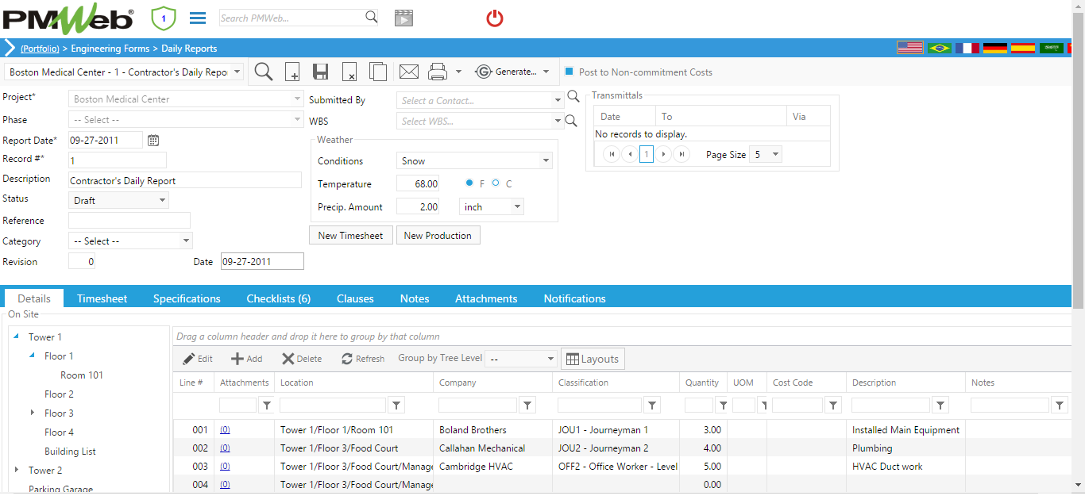
The data captured by PMWeb for the different project schedules, delay events, delayed approvals, actual staff hours, among others, can provide the project audit team with great insight in determining the reasons for the project’s delays and the project party responsible for those delays.

Request for Information (RFI)
RFI is usually the result of incomplete contract documents, inconsistency or conflict between more parts of contract documents, insufficient detail to determine design intent, inability for the contractor to provide specified product or system, and unforeseen site conditions encountered. The contractors could use RFI as the reason for initiating change orders. Also, failing to respond to RFIs promptly could give the contractor the excuse to request time extensions.
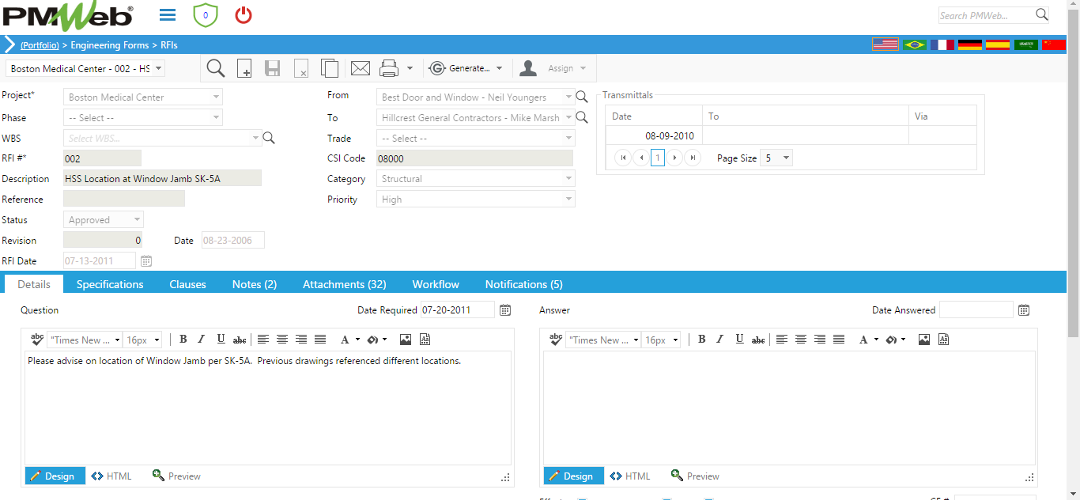
Some of the RFIs could need to issue revised drawings to rectify the design mistakes or provide the needed clarifications. Therefore, it is crucial to maintain a log of all contract documents, including drawings for which the record will detail all revisions issued to supersede the earlier versions. Of course, the drawing or any other contract document that has been revised needs to be uploaded into the document management repository and attached to the appropriate version reference.
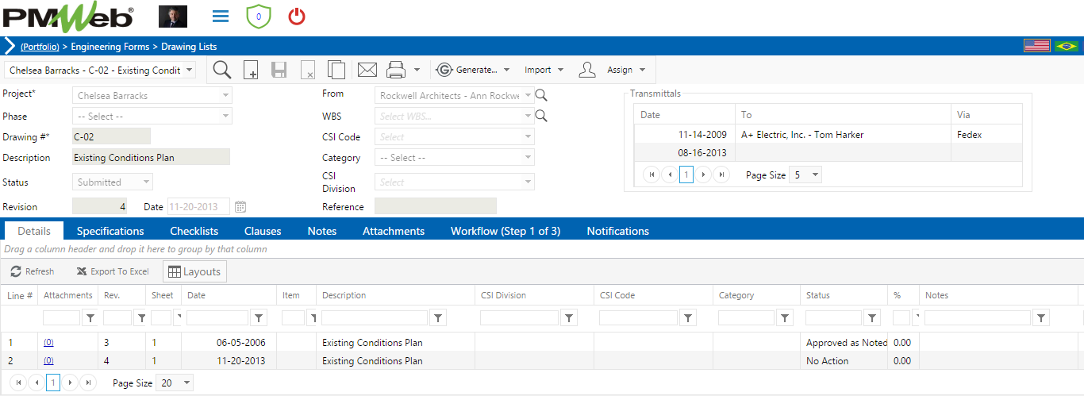
The data captured in the RFI module will provide the project audit team with a great wealth of data that can be used to analyze those RFIs, including the reason for issuing the RFIs, the time it took to respond to those RFIs, and whether those RFIs have resulted in additional cost or delay to the project’s milestone dates.
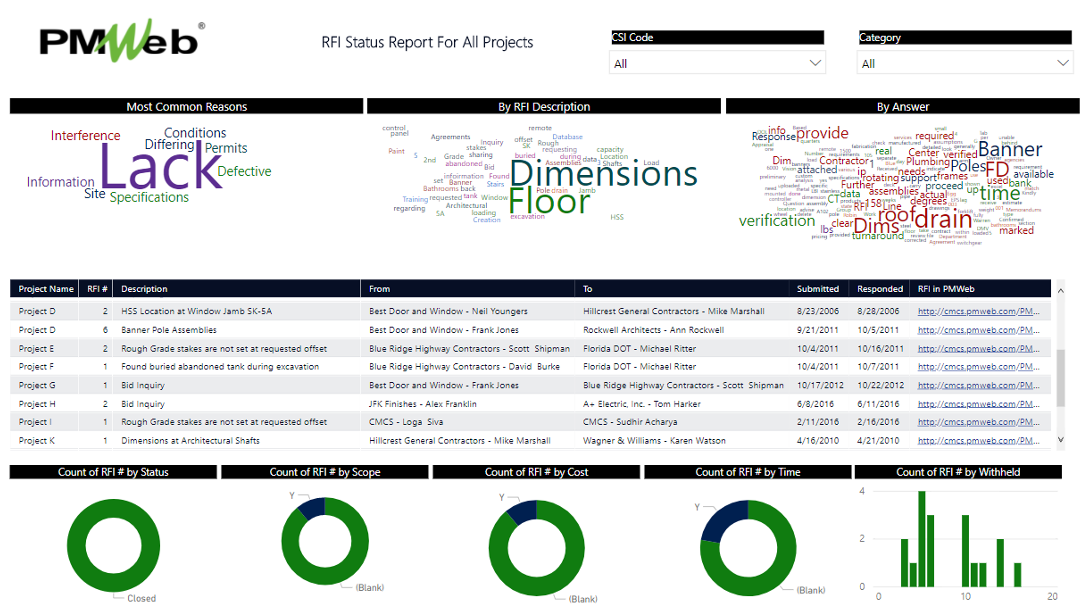
The same approach can be implemented to other project management processes essential for providing the data needed for the project audit. Those could include, for example, inspection forms, non-conformance reports, snag lists, project handover documents, safety incidents, among others.
